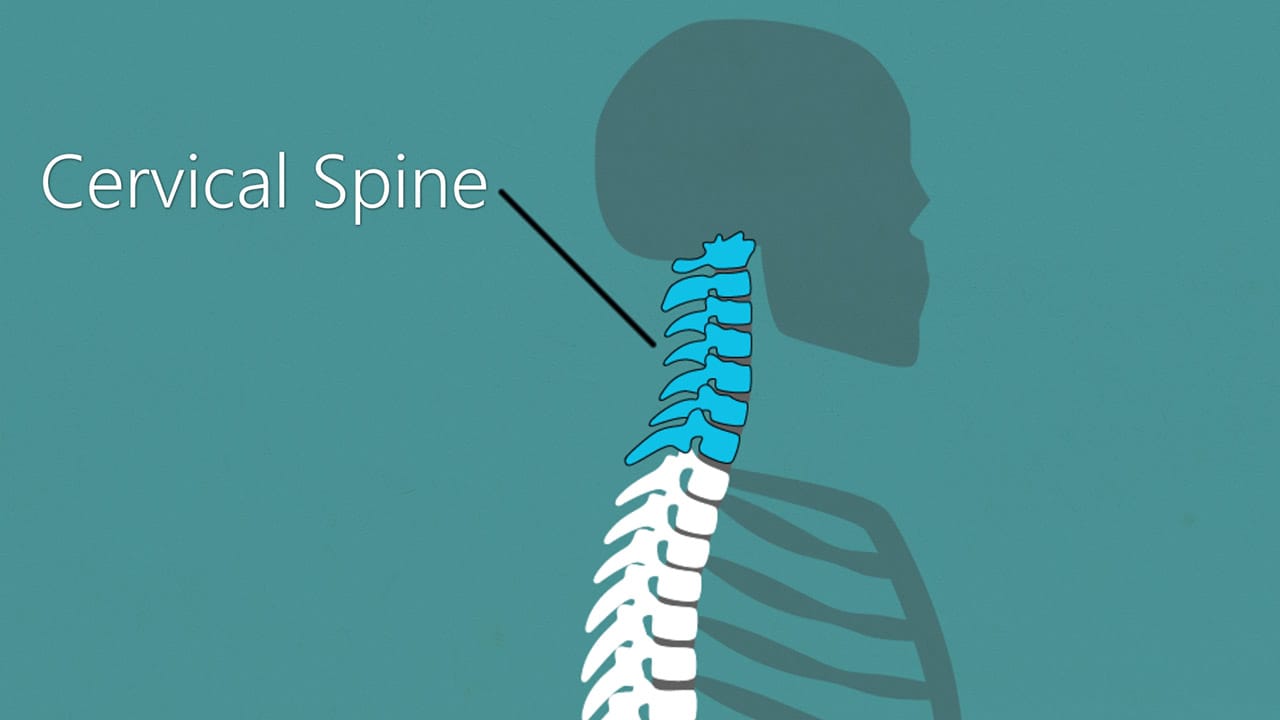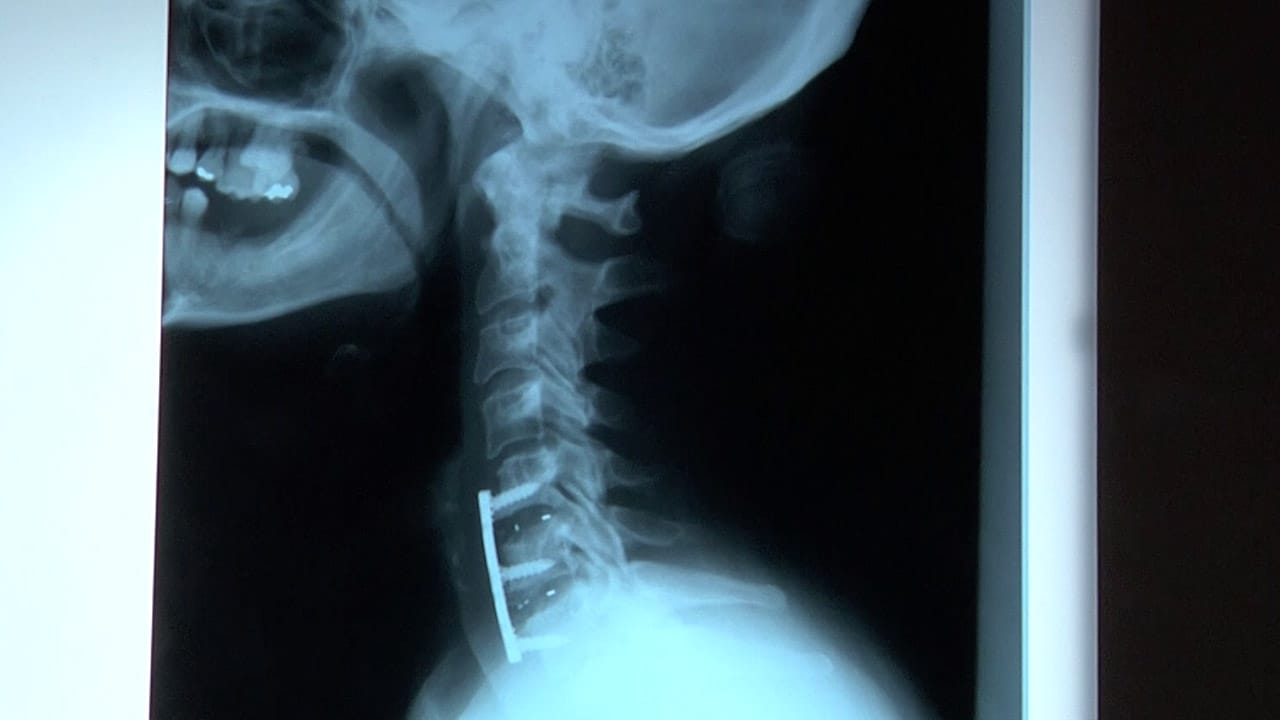Posted on Tuesday, June 25, 2019 in Videos
Do you experience frequent neck pain? It could be a pinched nerve or herniated disc in your cervical spine. Spine specialist Dr. R. Peter Mirkin of Signature Orthopedics Tesson Ferry Spine explains conditions of the cervical spine and treatment options for them.
Transcript
The cervical spine is the part of the neck between the jaw and the shoulder. People who have a herniated disc or a pinched nerve will often have pain in their neck with pain shooting down their shoulder - sometimes to their hand.

90% of people who have a herniated disc or pinched nerve will not need surgery. They can improve number one: over time; number two: with some conservative measures such as physical therapy. Sometimes we send them to a pain doctor who will inject some cortisone back there and the body has a tremendous capacity to heal itself.
If you are one of the unlucky people who need the surgery: the risks are very low. The success rate is very high.
The procedure entails making an incision in the front of the neck, pushing the throat to the side, using a microscope to remove the disc, and taking the pressure off the nerve. Then there's a gap there - a space where we have to do something. So most often we put a piece of bone in that. That bone can come from the pelvis or you can get bone from the bone bank or there's some synthetic options. It's a matter of preference and you have to select it based on the patient's body.
We place that piece of bone where the disc used to be and we'll often put a little metal plate with a couple little screws to hold it in place. That's called a fusion procedure.

A cervical spine surgery of this type is the most effective spine surgery we have. The rate of good results for one or two levels (which is the most common condition) is probably about 95%.
People do very well. It's generally done as an outpatient. You go home the same day and most people can go back to work in a week or two.